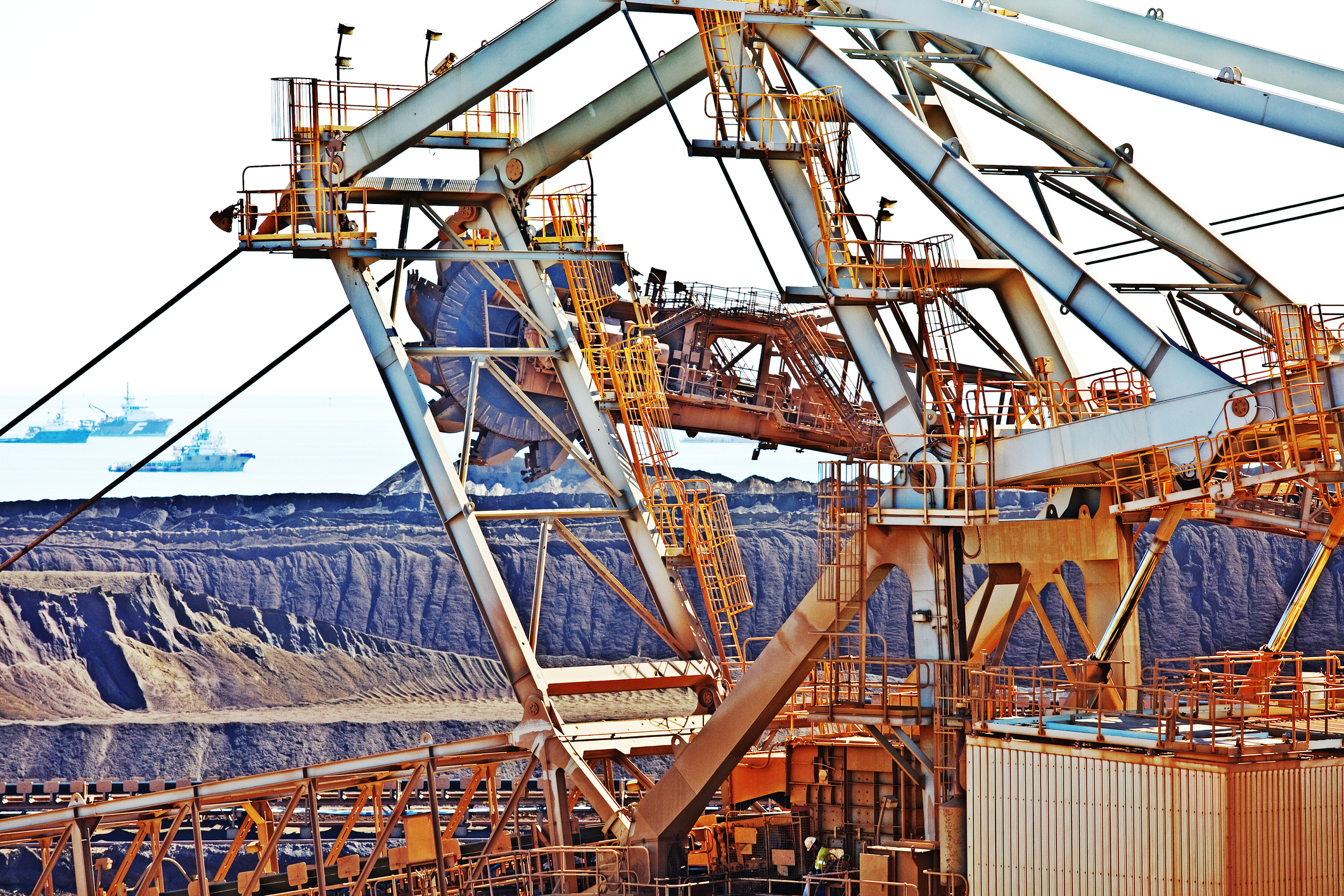Ground Breakers: Rio gets round to opening new 43Mtpa/40 year iron ore beast, expansion already being planned

Pic: John W Banagan/Stone via Getty Images
- Rio Tinto delivers first ore from its new Gudai-Darri mine in the Pilbara
- The US$3.1b mine will produce 43Mtpa for around 40 years, with expansion studies on the cards
- Materials sector in the green by a fingernail after yesterday’s sell-off
Rio Tinto (ASX:RIO) has already flagged expansion studies at its new Gudai-Darri iron ore hub after delivering first ore to Rio’s existing rail and port infrastructure ahead of a ramp up to Gudai-Darri’s full 43Mtpa production rate by 2023.
Started in 2019, the construction of Gudai-Darri is the most significant renewal of Rio’s Pilbara operations in years, with its ore designed to underpin the production of Rio’s flagship Pilbara Blend Fines product.
That’s stupendously important for Rio, which was forced to significantly increase exports of its lower-grade SP-10 blend towards the back end of last year when commercial production at Gudai-Darri was delayed.
The PBF blend is the most important product in the market for benchmark 62% iron ore prices, and sales of PBF are closely tracked by pricing agencies.
Rio has struggled to meet its production guidance in recent years but expects to produce between 320-335Mt in 2022, “subject to risks around the ramp up of new mines, weather and management of cultural heritage”.
“The commissioning of Gudai-Darri represents the successful delivery of our first greenfield mine in over a decade, helping to support increased output of Pilbara Blend, our flagship product,” Rio Iron Ore chief Simon Trott said.
“It sets a new standard for Rio Tinto mine developments through its deployment of technology and innovation to enhance productivity and improve safety.
“I’d like to acknowledge the support of the Traditional Owners, the Banjima People, on whose country Gudai-Darri is situated. We have worked closely with the Banjima People to progress this project and we look forward to continuing to actively partner with them into the future.”
RBC’s Kaan Peker expects Rio to produce around 322Mt in 2022, flat with last year, after producing at an annualised rate of just 299Mtpa in the March quarter.
“To hit the mid-point, the Pilbara needs to ship at a run rate of 336Mtpa over the 2-4 quarters, which we see as too optimistic given operational issues.”
Longer term, Peker says a Gudai-Darri phase 2 could take its overall capacity up to 70Mtpa.
Gudai-Darri has an official capital cost of $4.3 billion (US$3.1b), though Rio warned in February that replacement projects could incur cost increases of 15% due to Covid-19 restrictions, labour access and supply chain issues.
The mine, which will employ roughly 600 people once fully operational, is the most advanced technologically in Rio’s portfolio, with a high degree of automation and plans to deliver a third of the mine’s electricity needs via a 34MW solar farm due to be completed in August.
“In building this new hub we have brought together the best of our innovations, including autonomous trucks, trains and drills, as well as the world’s first autonomous water trucks, to make Gudai-Darri our most technologically advanced iron ore mine,” Rio chief technical officer Mark Davies said.
“This suite of autonomous assets complements the planned deployment of other leading-edge technologies including a robotic ore sampling laboratory, field mobility devices for all personnel and a digital asset of the fixed plant, which, together with data analytics, will make Gudai Darri safer and more productive.”
What’s happening to the big mining stocks today?
Miners are posting a mini-rebound, led by the iron ore majors, after yesterday’s sell off.
Rio, FMG (ASX:FMG) and BHP (ASX:BHP) were all in the green ahead of China’s steel production data release for May.
The materials sector was up by a fingernail this morning, with rare earths miner Lynas (ASX:LYC) the biggest mover in the large caps, up almost 4% after announcing a US$120 million funding deal from the Pentagon yesterday to build a heavy rare earths plant in Texas.
Ground Breakers share prices today:
UNLOCK INSIGHTS
Discover the untold stories of emerging ASX stocks.
Daily news and expert analysis, it's free to subscribe.
By proceeding, you confirm you understand that we handle personal information in accordance with our Privacy Policy.








